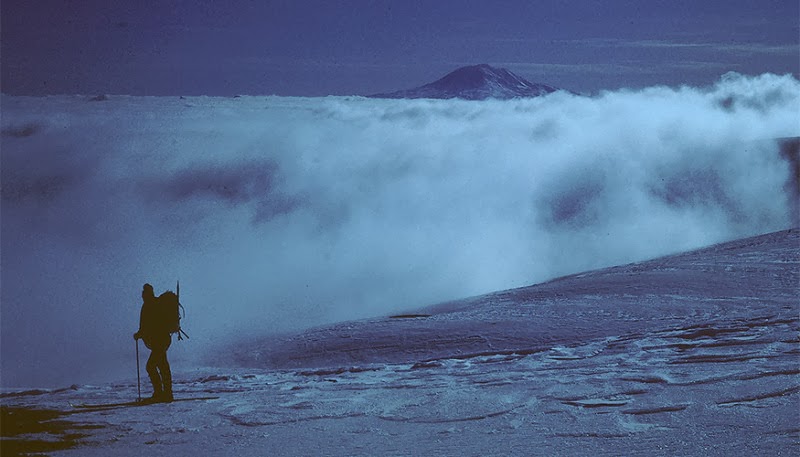
Volcanic eruptions in the early part of the 21st century have cooled the planet, according to a study led by Lawrence Livermore National Laboratory. This cooling partly offset the warming produced by greenhouse gases.
Despite continuing increases in atmospheric levels of greenhouse gases, and in the total heat content of the ocean, global-mean temperatures at the surface of the planet and in the troposphere (the lowest portion of Earth’s atmosphere) have shown relatively little warming since 1998. This so-called ‘slow-down’ or ‘hiatus’ has received considerable scientific, political and popular attention. The volcanic contribution to the ‘slow-down’ is the subject of a new paper appearing in the Feb. 23 edition of the journal Nature Geoscience.
Volcanic eruptions inject sulfur dioxide gas into the atmosphere. If the eruptions are large enough to add sulfur dioxide to the stratosphere (the atmospheric layer above the troposphere), the gas forms tiny droplets of sulfuric acid, also known as “volcanic aerosols.” These droplets reflect some portion of the incoming sunlight back into space, cooling Earth’s surface and the lower atmosphere.
“In the last decade, the amount of volcanic aerosol in the stratosphere has increased, so more sunlight is being reflected back into space,” said Lawrence Livermore climate scientist Benjamin Santer, who serves as lead author of the study. “This has created a natural cooling of the planet and has partly offset the increase in surface and atmospheric temperatures due to human influence.”
From 2000-2012, emissions of greenhouse gases into the atmosphere have increased — as they have done since the Industrial Revolution. This human-induced change typically causes the troposphere to warm and the stratosphere to cool. In contrast, large volcanic eruptions cool the troposphere and warm the stratosphere. The researchers report that early 21st century volcanic eruptions have contributed to this recent “warming hiatus,” and that most climate models have not accurately accounted for this effect.
“The recent slow-down in observed surface and tropospheric warming is a fascinating detective story,” Santer said. “There is not a single culprit, as some scientists have claimed. Multiple factors are implicated. One is the temporary cooling effect of internal climate noise. Other factors are the external cooling influences of 21st century volcanic activity, an unusually low and long minimum in the last solar cycle, and an uptick in Chinese emissions of sulfur dioxide.
“The real scientific challenge is to obtain hard quantitative estimates of the contributions of each of these factors to the slow-down.”
The researchers performed two different statistical tests to determine whether recent volcanic eruptions have cooling effects that can be distinguished from the intrinsic variability of the climate. The team found evidence for significant correlations between volcanic aerosol observations and satellite-based estimates of lower tropospheric temperatures as well as the sunlight reflected back to space by the aerosol particles.
“This is the most comprehensive observational evaluation of the role of volcanic activity on climate in the early part of the 21st century,” said co-author Susan Solomon, the Ellen Swallow Richards professor of atmospheric chemistry and climate science at MIT. “We assess the contributions of volcanoes on temperatures in the troposphere — the lowest layer of the atmosphere — and find they’ve certainly played some role in keeping Earth cooler.”
The research is funded by the Department of Energy’s Office of Biological and Environmental Science in the Office of Science. The research involved a large, interdisciplinary team of researchers with expertise in climate modeling, satellite data, stratospheric dynamics and volcanic effects on climate, model evaluation and computer science.
Note : The above story is based on materials provided by DOE/Lawrence Livermore National Laboratory.









